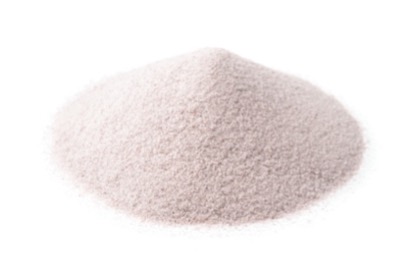Enriching Hard Carbon in Biochar
TECHNOLOGY NUMBER: 2024-411

OVERVIEW
Method to enrich hard carbon in biochar for energy applications
- Reduces carbothermal reduction temperatures for high-purity silicon production
- Anode materials for lithium/sodium ion batteries, industrial carbon materials
BACKGROUND
Biochar, a carbon-rich material derived from biomass such as rice hulls and bagasse, is often a byproduct of agricultural processes. Its primary application has been as a source of silica in products like cement and reinforcing materials. Traditional methods to extract high-purity silicon from biochar involve carbothermal reduction at extremely high temperatures, which is energy-intensive. This conventional approach also relies on additional carbon inputs, affecting sustainability. The opportunity lies in improving efficiency while leveraging biochar’s innate potential as a carbon source. Notably, the value of enriching amorphous and hard carbon within biochar is not fully realized, serving both as a carbon and high-performance silicon source. Thus, an innovative approach to capitalize on the inherent carbon content while reducing production energy requirements is essential for both economic and environmental advancement.
INNOVATION
Researchers at the University of Michigan have developed a process which enriches amorphous carbon and produces hard carbon within biochar while concurrently reducing silica content. Using a combination of stoichiometric and catalytic bases, this technology avoids high-temperature carbothermal reduction—traditionally required for silicon extraction—by forming a carbon-silica nanocomposite. This results in materials suitable for energy storage applications, particularly as anode materials in lithium and sodium ion batteries, owing to the unique porous structure and increased surface area of the carbon. The new method offers a sustainable and cost-effective pathway for creating high-value silicon and carbon derivatives, providing significant advancements in battery technology and potentially improving the efficiency of renewable energy storage solutions.
ADDITIONAL INFORMATION
REFERENCES
Mengjie Yu, Man Wang, Sylvio Indris, Jason Manassa, Alex Stangel, Robert Hovden, Richard M. Laine, "An Unexpected Source of Hard Carbon, Rice Hull Ash, Provides Unexpected Li+ Storage Capacities", Advanced Sustainable Systems, Volume 9, Issue 2, February 2025, https://doi.org/10.1002/adsu.202400667
INTELLECTUAL PROPERTY
Pending